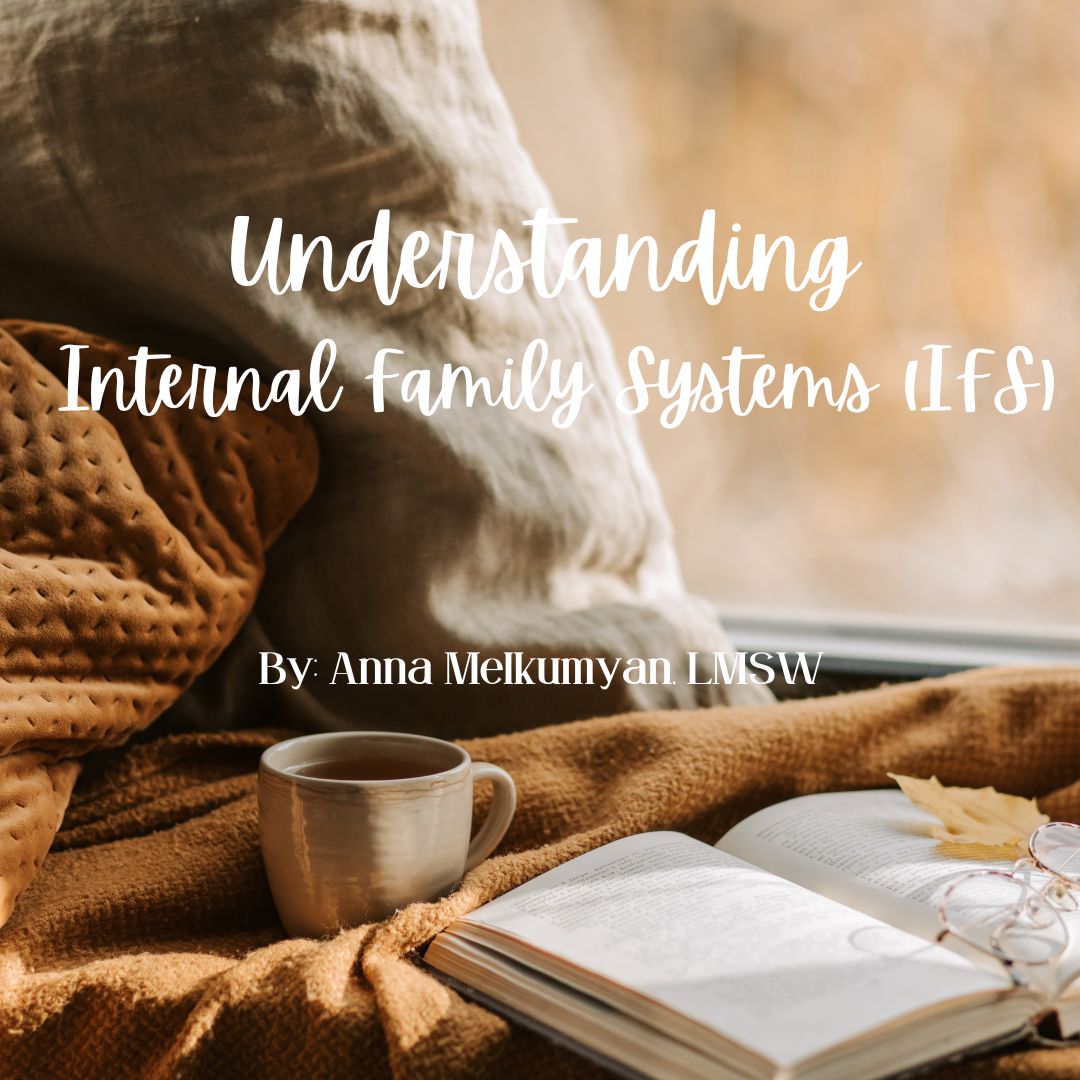
Understanding Internal Family Systems (IFS)
There are many different types of treatment modalities in the mental health realm which aim to understand individuals, the origins of their symptoms, and to increase self-awareness while breaking maladaptive behaviors.
One of those modalities is Internal Family Systems (IFS) which was developed by Richard Schwartz, Ph.D., LMFT. The premise of the approach is that the human psyche is not monolithic but instead composed of various parts and a Self. The theory operations under the notion that all parts have a designated function to protect and they are all good. The Self is the essential core which is a compassionate presence and carries the ability to be an active leader if it is in control.
Internal Family Systems therapy focuses on two primary parts of a person, their vulnerable parts (aka their Exiles) and their protective parts.
Vulnerable parts are frozen in times of painful emotional states which develop negative beliefs about themselves. Exiles are younger and of varying ages.
Protective parts have a primary job to protect the vulnerable parts from being activated in the present day and to protect us from being flood by the pain and negative emotions that the vulnerable parts carry. Protective parts are often the age we were when they first had to take on their roles.
The origins of an Exile is traced back to a wounding experience which causes them to be stuck in the past. When a wounding experience happened in the past the psyche “exiled” or locked away the painful part in order to reestablish homeostasis. This keeps the individual from feeling too overwhelmed or paralyzed by pain in order to keep functioning day to day. The painful emotional state and the negative beliefs internalized by the Exile is called a burden. They are often desperate in their attempts to be acknowledged and cared for. IFS aims to bring Exiles out of the past and into the present where their burdens can be properly released and their essential qualities can be reinstated.
If an Exile is activated in the present day, the Protective parts assume roles which are more extreme than their true nature in order regain balance. Even though some of the methods that the Protective parts take on can have harmful impacts, their intentions are always good. There are two types of Protective parts, Managers and Firefighters.
Managers work proactively by doing whatever they can in order to keep the exiled parts under control. Managers are future orientated. They are focused on planning, controlling, and achieving in order to keep things in check. They can be people pleasers, critical, and rigid. People who have more extreme Manager tactics often are more immersed in the intense effects of the Exiles.
Firefighters work reactively by jumping in to lock away exiled parts that appear in the present day. Firefighters are present orientated and are not focused on consequences of their actions. They are more impulsive, compulsive, and have addictive behaviors. They utilize dissociation in order to distract, comfort or numb out until the Exile part is locked back up. Once that is accomplished the balance is restored.
There is often conflict between Managers and Firefighters because the two protective parts have conflicting points of view. For example: a person struggling with disordered eating may have a Manager who tells the person that they are worthless and disgusting in order to stop overeating so the person is more accepted in society. Managers will make efforts to “eat clean”, restrict, and over exercise. With time they become tired of their rigid behaviors and slip up which triggers the Firefighter to step in. The Firefighter will engage in a binge episode to “put out the fire” which initially feels good and relieving. But as soon as the binge eating episode is over, the Exile resurfaces with feelings of shame and guilt from the past.
Everyone possesses a Self who is the optimal leader because it possesses the 8 C’s (calmness, curiosity, compassion, confidence, courage, clarity, connectedness and creativity). The Self becomes covered up by the various parts, the Managers, and Firefighters. IFS works towards healing the relationship between the parts and the Self and unburdening the Exiles. Therefore, the goal of IFS therapy is to bring the internal system into balance, with parts that are consistent with their true nature, and the Self as the leader.
In treatment, this looks like the therapist guiding the individual to understand each part. This is achieved by the 6 F’s:
Finding a particular part and identifying the physical sensation that it stirs up in the body.
Focusing on the part.
Fleshing it out by noticing it’s age, emotions, appearance, etc.
Feelings that come up by the individual towards the part.
beFriending the part by utilizing self-compassion.
Fears that the part has if they don’t do their job.
It takes time and effort for trust to build with each part. After working with the Protective parts, an individual is granted access to the Exile. Approaching the Exile with curiosity, listening to their story, and witnessing their pain in a way that was not acknowledged when they originally experienced the painful wounding experience is key. After each part is seen, heard, acknowledged, and valued by the Self it is able to become unburdened and properly connected.
Internal Family Systems is different from other modalities of treatment because it focuses on the experiences individuals go through instead of pathologizing them. IFS acknowledges self-harm, substance use, and promiscuous behaviors as parts trying to protect the individual. Therefore, the goal isn’t to just manage symptoms with medications and interventions but to focus on the “root” of the individuals experience to heal them. IFS incorporates components spirituality and belief that individuals have the capacity to heal.
Citation and Resources:
Schwartz, R. C. (2021). No bad parts: healing trauma & restoring wholeness with the internal family systems model . Sounds True.
